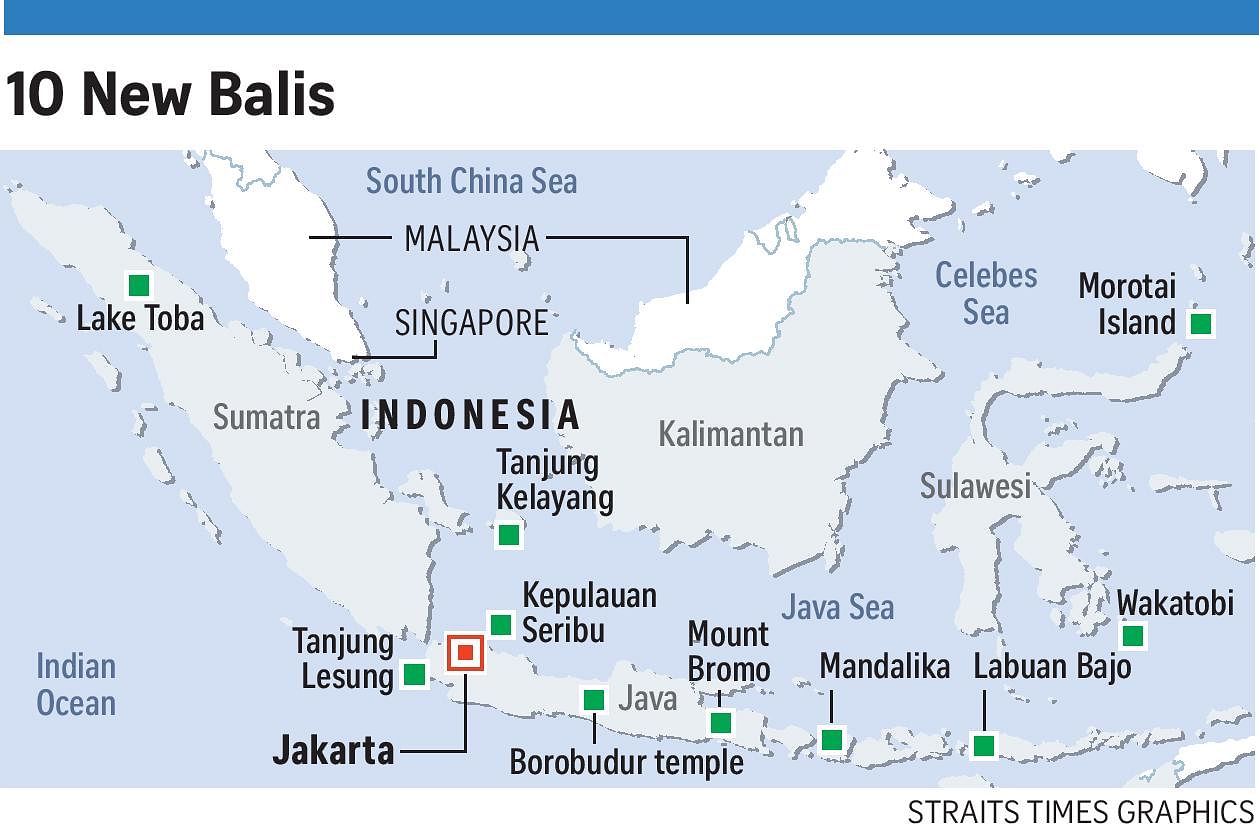-
10 spots to rival Bali
1 LAKE TOBA, NORTH SUMATRA
Formed by a volcanic eruption 70,000 years ago, the 100km-long and 30km-wide lake sits 900m above sea level, so visitors get to enjoy a cool climate. The Silangit Airport will be upgraded later this month into an international-class airport, with its maiden international flight arriving from Singapore on Oct 28.
2 TANJUNG LESUNG, BANTEN
The peninsula is being developed into an integrated beach resort, with hotels overlooking Anak Krakatau, the remains of what used to be the Krakatau volcano. Toll roads connecting Tanjung Lesung and Jakarta are being built, while there may be plans to construct a new airport in Pandeglang, Banten.
3 KEPULAUAN SERIBU, JAKARTA
Better known as Thousand Islands - although really only a cluster of about 150 islands - the area is the hub of marine conservation efforts in Jakarta and attracts visitors seeking a break from the bustle of life in the capital. The government plans to build 10 new docks by 2019 to make it easier for tourists to reach the islands.
4 TANJUNG KELAYANG BEACH, BANGKA BELITUNG
Aside from its shallow and clear waters, the white sand beach has a series of unique granite formations. A consortium of companies is developing a special tourism economic zone in the regency, while the runway and passenger terminal at the H.A.S. Hanandjoeddin Airport are being expanded for wide-body aircraft.
5 BOROBUDUR TEMPLE, CENTRAL JAVA
Built in the ninth century, Borobudur Temple was buried in volcanic ash for centuries until it was rediscovered in 1814, due to efforts initiated by Stamford Raffles when Java was under British administration. It is one of the most visited historical sites in Indonesia today. A new airport, which can handle 50 million passengers a year, is being built in Kulon Progo regency to replace the Adisutjipto International Airport.
6 MOUNT BROMO, EAST JAVA
The Bromo Tengger Semeru National Park, which covers 800 sq km, is the largest volcanic region in the province. The government plans to integrate visitors' infrastructure there with other areas, including the city of Malang, to boost tourism.
7 MANDALIKA, WEST NUSA TENGGARA
A main draw of this hidden gem in southern Lombok is a 7.5km stretch of beach facing the Indian Ocean. The Indonesia Tourism Development Corporation plans to raise US$65 million (S$88.6 million) in investments to develop Mandalika into a premier ecotourism destination, with potential for Mice activities.
8 LABUAN BAJO, EAST NUSA TENGGARA
The Komodo National Park, a Unesco World Heritage Site, where one can find komodo dragons in the wild, is located in one of three major islands in Labuan Bajo. A commercial zone being developed there since April has drawn 400 billion rupiah (S$40 million ) in investments.
9 WAKATOBI, SOUTH SULAWESI
The number of reef and fish species across more than 50 dive spots in waters off Wakatobi is second only to Australia's Great Barrier Reef. Plans to upgrade its airport and develop a marina, hotels and restaurants are under way.
10 MOROTAI ISLAND, NORTH MALUKU
One of Indonesia's northernmost islands, Morotai offers rugged forest terrain for trekking, as well as beautiful beaches and diving spots. Indonesia plans to build resorts on the island in cooperation with Taiwan, as well as turn it into a trade hub for seafood.
WORLD FOCUS
Jokowi plans to replicate Bali's success in 10 other Indonesian spots
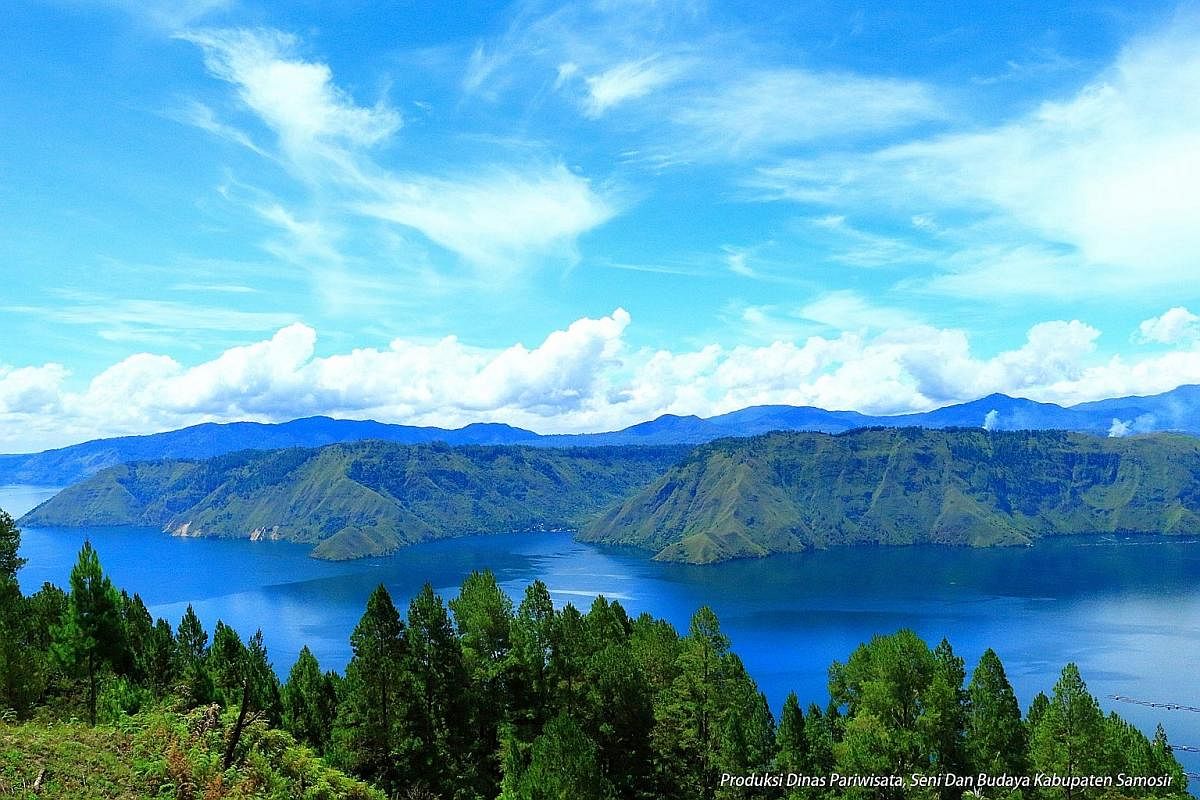
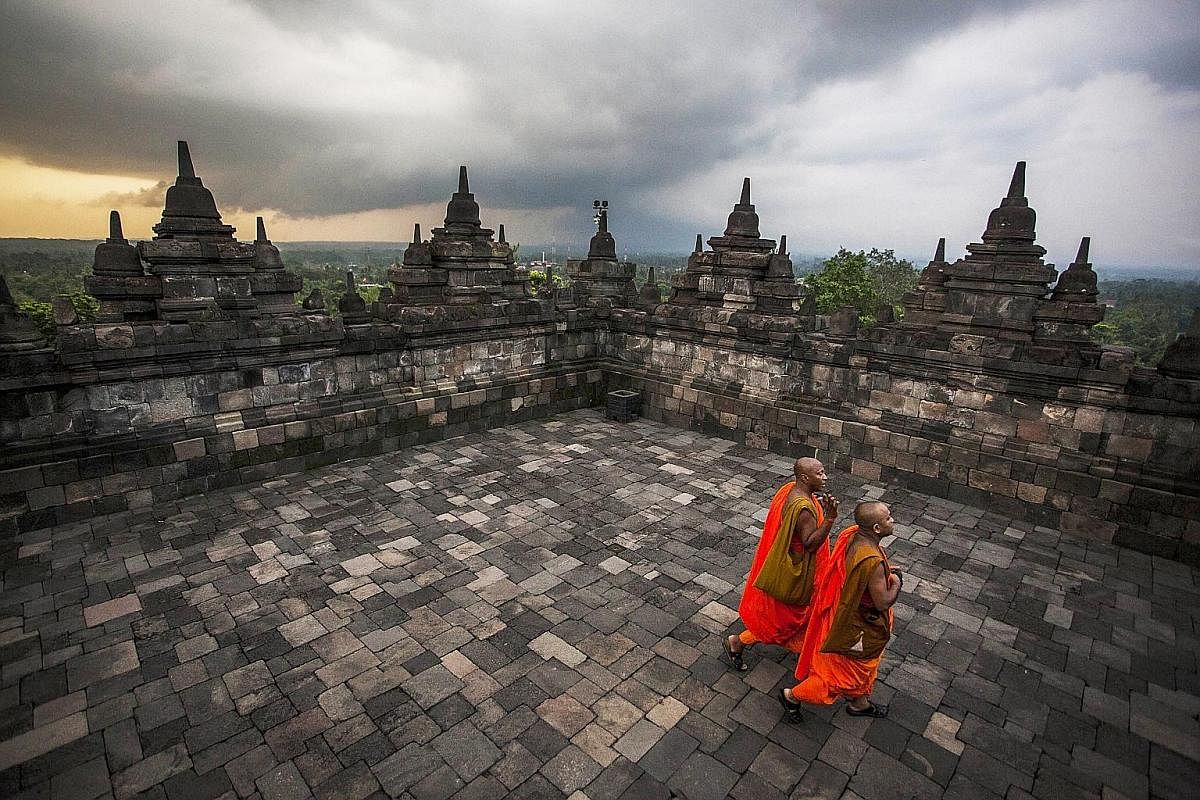
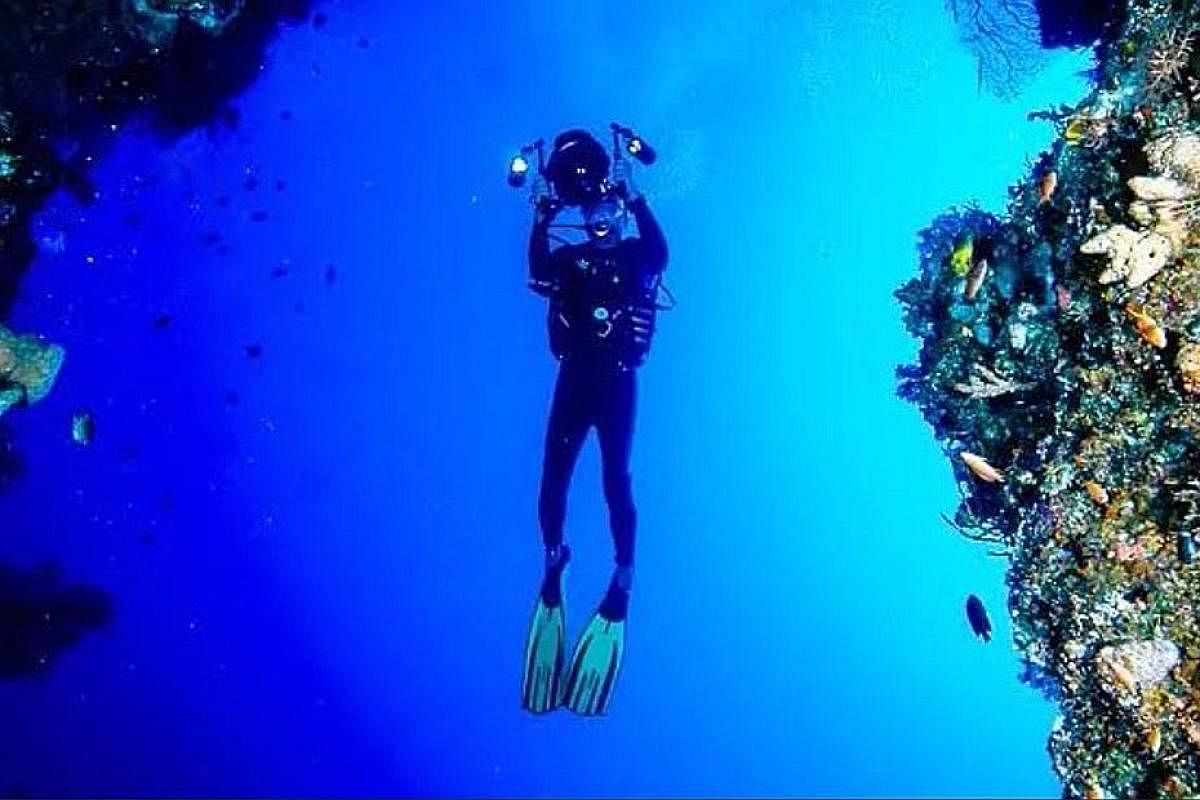
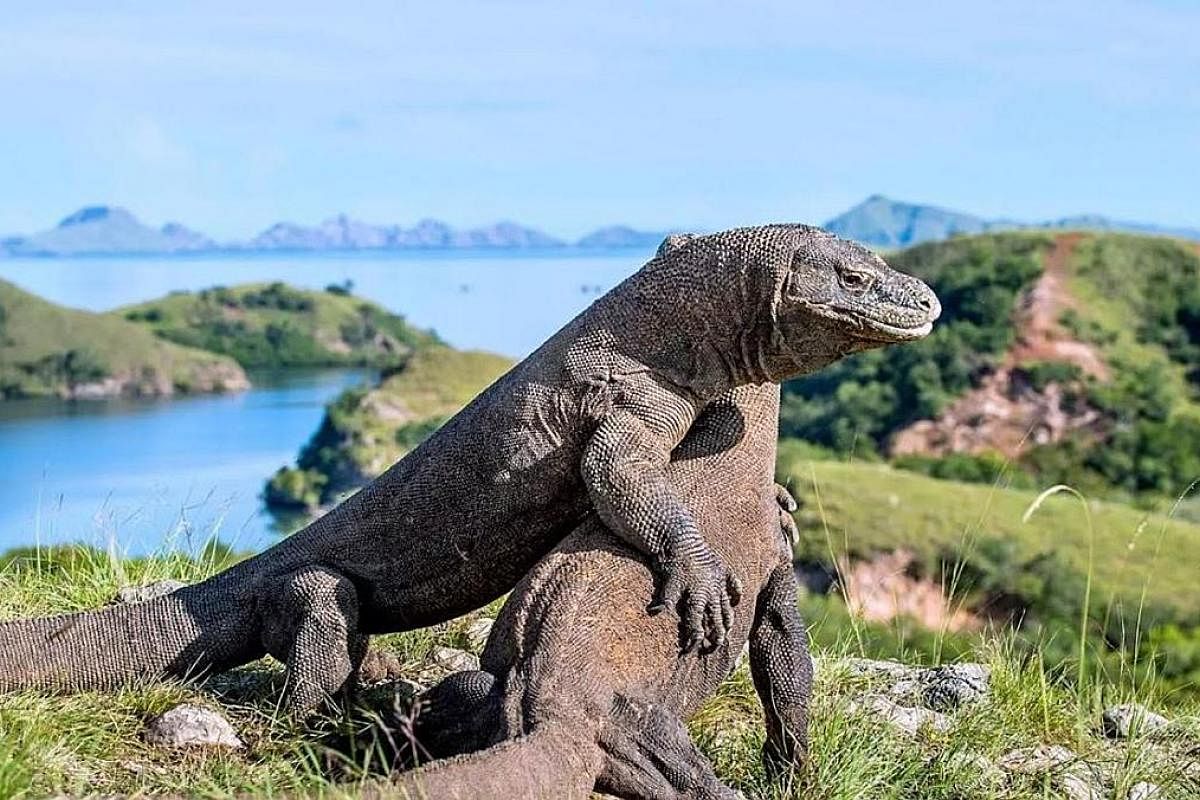
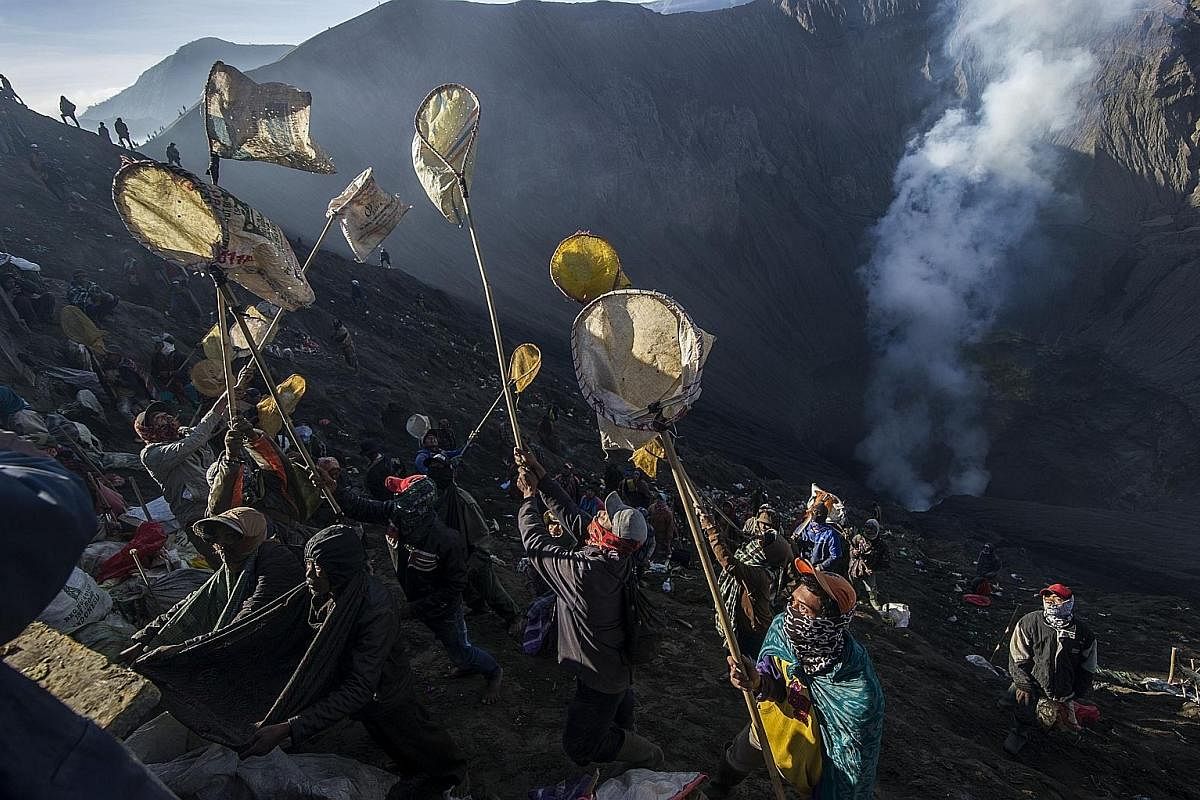
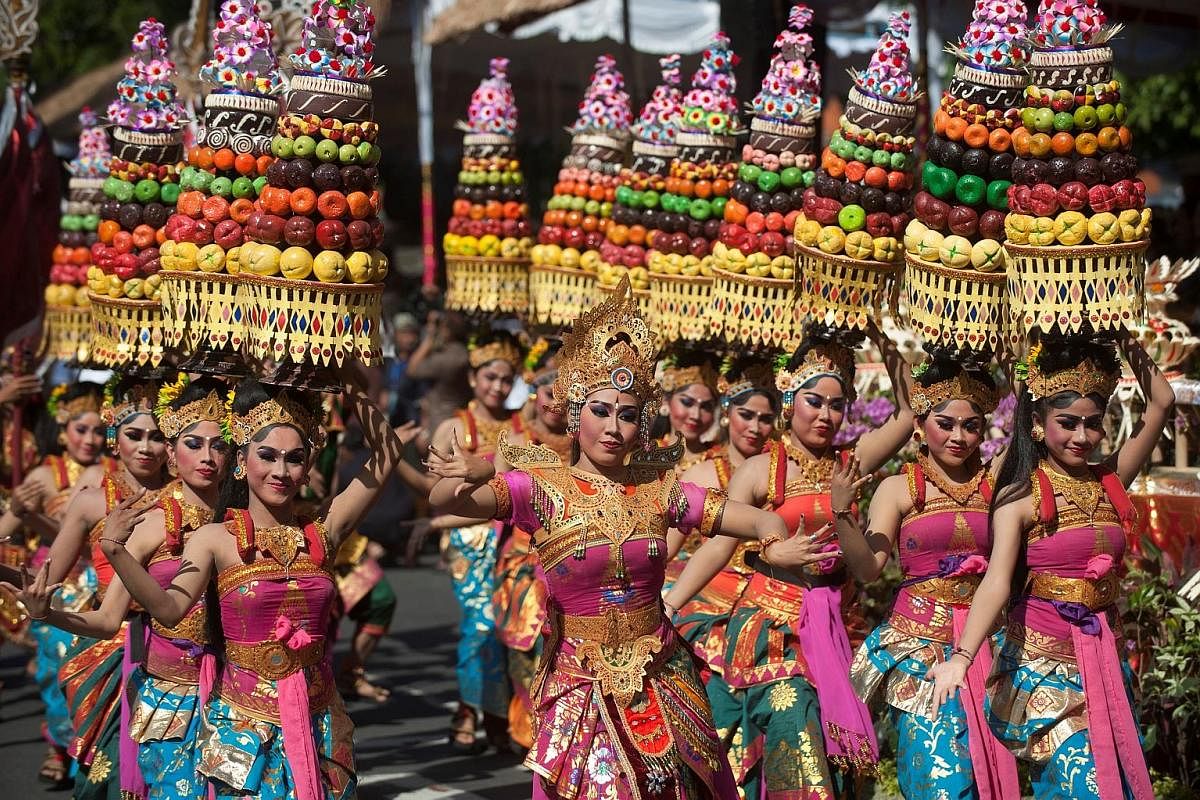
Bali is beyond doubt the most famous of Indonesia's islands, regularly featured as one of the world's best travel destinations.
Although it is now temporarily in a state of emergency with the looming eruption of Mount Agung volcano, located in the eastern part of the resort island, statistics released last week show that Bali has been a stellar performer for the country's tourism sector.
Nearly four million tourists visited the island in the first eight months of this year - almost half of the 9.25 million arrivals seen country-wide over the same period, according to the Central Statistics Agency.
That is a 25 per cent increase in arrivals over last year, when tourism contributed 11 per cent, or 172 trillion rupiah (S$17 billion), to Indonesia's gross domestic product.
The 11.5 million arrivals last year also generated tourism-related jobs for almost 12 million Indonesians.
So what would happen if Indonesia had more than one Bali? Enter President Joko Widodo's "10 New Balis" growth strategy - a plan that aims to replicate the economic effects of tourism in Bali nationally.
"You all know Bali, our famous island paradise? With improved infrastructure, we will launch a programme called 10 New Balis," the President, popularly known as Jokowi, told businessmen during a visit to Hong Kong in May.
He has also set a target of welcoming 20 million foreign tourists by 2019, and he has been doing his part by sharing his plan of creating more Balis with counterparts such as Prime Minister Lee Hsien Loong during the Singapore-Indonesia Leaders' Retreat, held on Sept 7.
Analysts have said that the ambitious plan to grow the tourism sector complements the President's broader strategy for more infrastructure development, particularly to enhance connectivity.
The Ministry of Tourism has listed the destinations earmarked under the 10 New Balis plan for further development, which includes the upgrading of airports and construction of new amenities:
•Lake Toba, North Sumatra
•Tanjung Lesung, Banten
•Kepulauan Seribu, Jakarta
•Tanjung Kelayang Beach, Bangka Belitung
•Borobudur Temple, Central Java
•Mount Bromo, East Java
•Mandalika, West Nusa Tenggara
•Labuan Bajo, East Nusa Tenggara
•Wakatobi, South Sulawesi
•Morotai Island, North Maluku
According to the ministry, the locations were selected based on three As: They are already an attraction in their own right, and they would benefit from better access and more amenities.
"The strategy is to accelerate development," Deputy Tourism Minister Dadang Rizki Ratman told The Straits Times last month.
"For a start, we looked at the ones with high potential and that are already iconic, but that have relatively low visitor numbers, and we found they all had the same problem with access and infrastructure."
One destination that is popular with both local and foreign tourists but suffers from a lack of more direct access is Lake Toba on the island of Sumatra.
International visitors to the volcanic lake typically fly to Medan, and travel hours by road before arriving at the location.
Mr Joko is set to officiate at the upgrading of Silangit Airport, which is less than an hour away from Lake Toba, to an international airport later this month.
With the upgrade, the journey for travellers from Singapore, for instance, will be much shorter.
"Now, we have international direct flights to Silangit Airport. Next is Tanjung Kelayang later this year, and we are also designing a new airport in Kulon Progo that would serve international visitors to Borobudur," said Mr Dadang.
Transportation Minister Budi Karya Sumadi said last month that Garuda Indonesia would fly into Silangit Airport from Singapore on Oct 28 - marking the first international flight to land there after its runway was extended for wide-body aircraft.
ATTRACTING MORE TOURISTS
Singapore is Indonesia's largest source of tourists, with 1.5 million visitors arriving from the city-state, but Indonesia also aims to attract more travellers from China, as well as Australia and India.
The tourism ministry said that additional flights, particularly by low-cost carriers, to and from those countries, which started earlier this year, would help increase tourist numbers.
It hopes to see 15 million tourist arrivals by the end of this year, so that the sector can contribute 13 per cent to growth.
To ensure that infrastructure developments are carried out efficiently, the ministry has streamlined the project approval process, which previously required collaborations with various local authorities.
"For example, Lake Toba lies in seven regencies across North Sumatra province," said Mr Dadang. "How can we build in the Lake Toba area if the seven regencies have different views and plans?"
He said special economic zones had been carved out as well in areas where infrastructure developments are needed to draw foreign investors from, say, Singapore.
However, all 10 destinations will have their own unique offerings, from yachting and diving in places such as Labuan Bajo to cultural experiences at world-renowned heritage sites such as Borobudur.
Further, special zones will be created for meetings, incentives, conferences and events, or Mice activities, as well as sports tourism.
"In the latest passenger exit survey of 10 million foreign visitors to Indonesia, about 60 per cent of them said they came because of our culture and 35 per cent because they wanted to enjoy our nature," said Mr Dadang.
"So we want these places to have complete offerings like Bali, which has nature, culture and shopping."
Industry observers generally welcome the government's ambitions, but many said that Indonesia would never be short on places to visit - the problem is that many destinations are often let down by poor connectivity, facilities or services.
Some also highlighted security concerns, from mass street protests that have the potential to turn violent to terrorist attacks by Islamic militants in the country.
Researcher Syarif Hidayatullah from think-tank Wiratama Institute said that the government is heading in the right direction in terms of its focus on improving infrastructure to boost tourism.
But he noted that it cannot be committed only to infrastructure development - it must also see that there are proper healthcare facilities as well as ensure security.
Referring to the Travel and Tourism Competitiveness Report 2017 by the World Economic Forum (WEF), Mr Syarif said that Indonesia ranked poorly in infrastructure, taking 96th place among the 136 economies surveyed, and did not fare well in security, placing 91st.
In terms of "terrorism incidents", Indonesia stood at 107th, said WEF.
But its researchers lauded the country for making vast improvements that have helped it to move up the overall rankings to 42nd place, up eight spots from last year.
"The country has made the most of its globally recognised natural resources at very affordable prices," they said.
"To build on its assets, it has emphasised its cultural resources and prioritised the (travel and tourism) sector as an important driver of economic development."
•Additional reporting by Wahyudi Soeriaatmadja
Join ST's Telegram channel and get the latest breaking news delivered to you.
A version of this article appeared in the print edition of The Straits Times on October 10, 2017, with the headline Jokowi plans to replicate Bali's success in 10 other Indonesian spots. Subscribe
